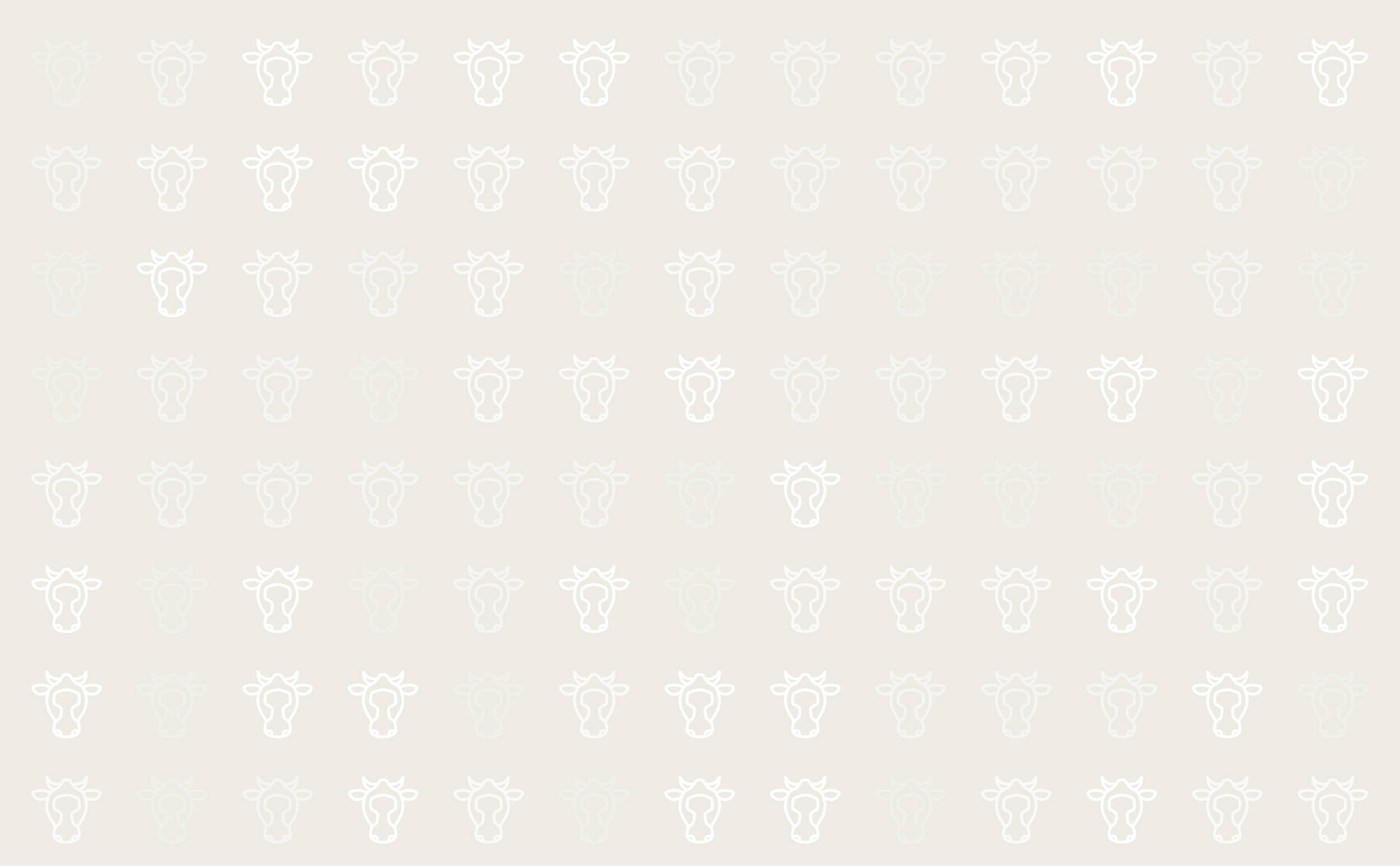



Hypomagnesaemia (Grass Staggers/ Tetany)
Cause
Hypomagnesaemia occurs when the intake of magnesium is exceeded by its output. The clinical signs can occur very quickly because the cow does not store magnesium, and is thus reliant on its daily dietary intake. Hypomagnesaemia is most commonly a disease of lactating cows at grass, because grass can be very low in magnesium and the output in milk is high.
Like most nutritional diseases, the animals showing clinical signs are just the tip of the iceberg, for every cow with obvious disease many more will be affected sub clinically.
The increase in disease in spring occurs because rapidly growing grasses, particularly ryegrasses, are very low in magnesium. This low concentration of magnesium can be further reduced by the application of fertiliser, partly because of the increase in growth rate, but also because application of potassium directly inhibits uptake of magnesium by the grass. Slower growing forages, particularly clovers and other broad-leaved plants contain much higher levels of magnesium.
Symptoms
- Restlessness
- Staggers
- Over-alert appearance
- Excitable or agressive
- Animals may fall down and go into convulsions
- In many cases animals may die without any prior sign of disease
Treatment
Treatment must be prompt to be effective. It is best to inject a combined calcium and magnesium solution under the skin in the area behind the shoulder and over the ribs. Massage the area well after injecting the solution to spread the fluid and aid its rapid absorption into the blood stream.
Animals should not be moved during treatment, but once they have responded to treatment it is best to mvoe them off the pasture. In some cases, repeat treatment may be needed.
Prevention
Daily supplmentation of magnesium should be given to animals at risk. This can be through a mixture of oral supplements including salt licks, molasses concentrates or hay. Fertilisers containing magnesium are effective in increasing herbage magnesium only on certain soil types.
Pasture can be dusted with magnesium oxide. Powder should be applied early in the morning and the pasture should be strip-grazed throughout the week.
Cattle can also be drenched with magnesium oxide. If magnesium is fed over a long period it is important to add phosphorus (dicalcium phosphate powder or bone flour) as a precautionary measure because magnesium can reduce phosphorus absorption.

